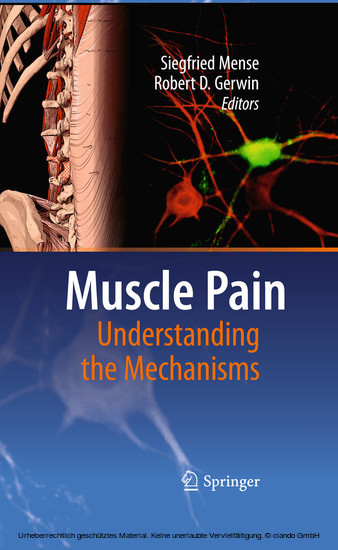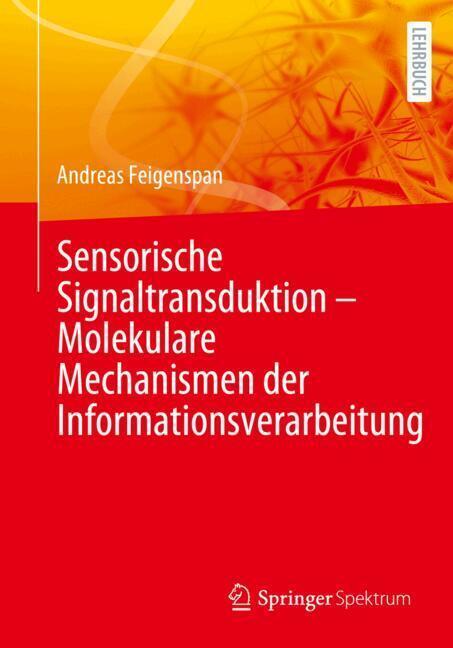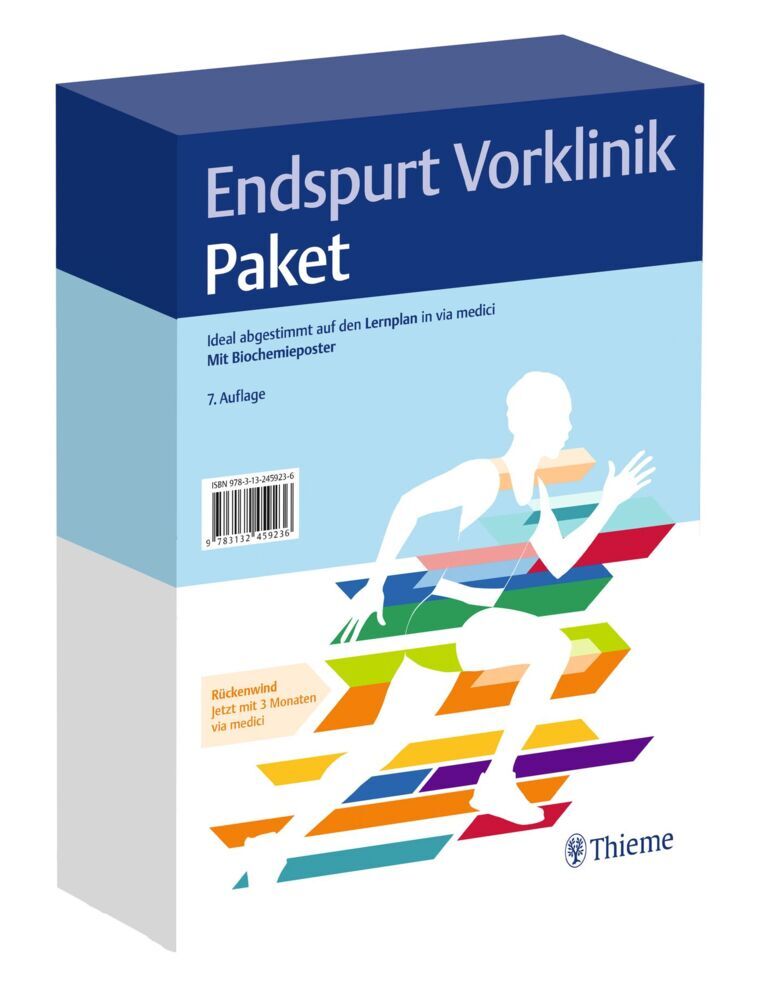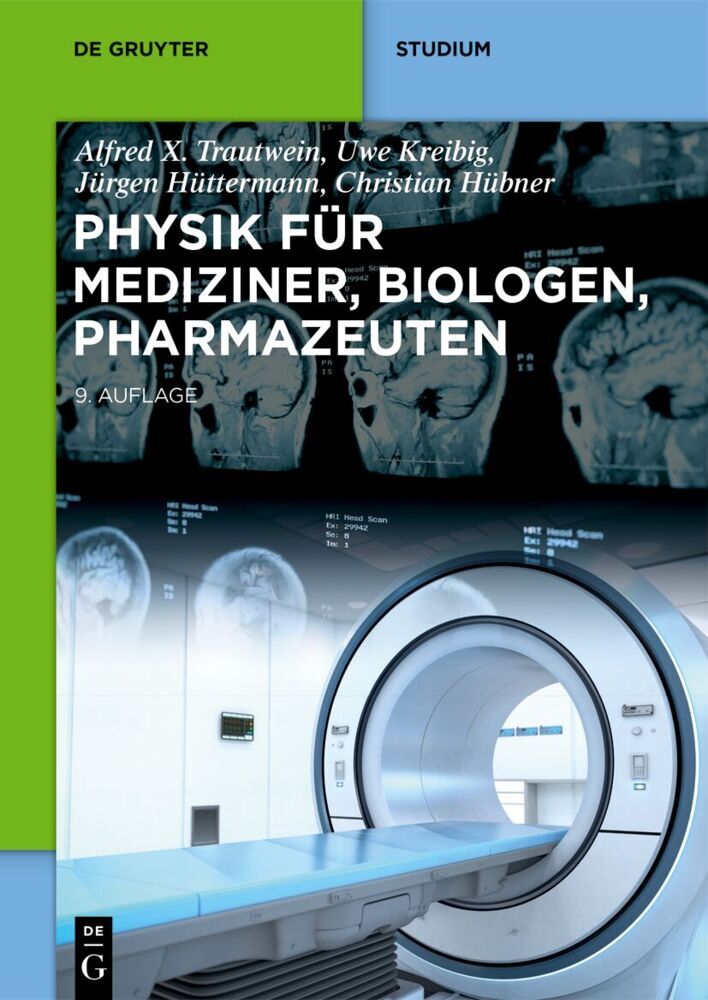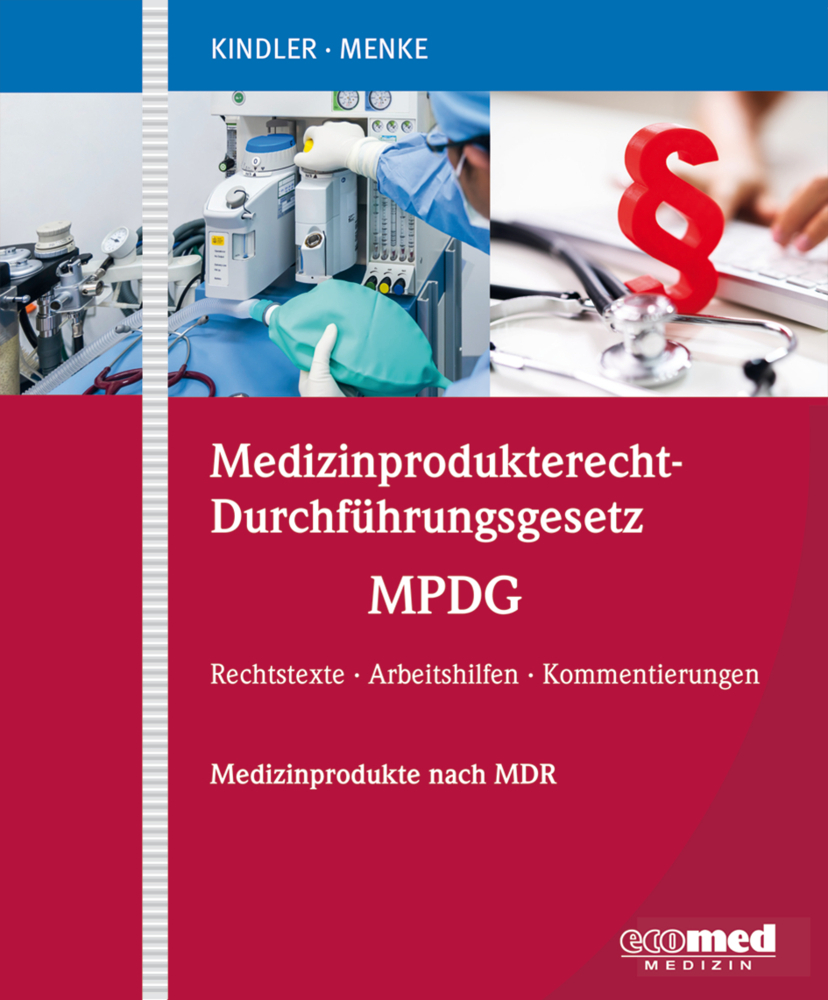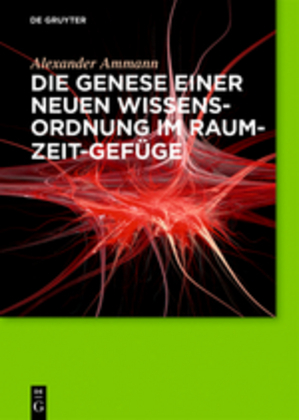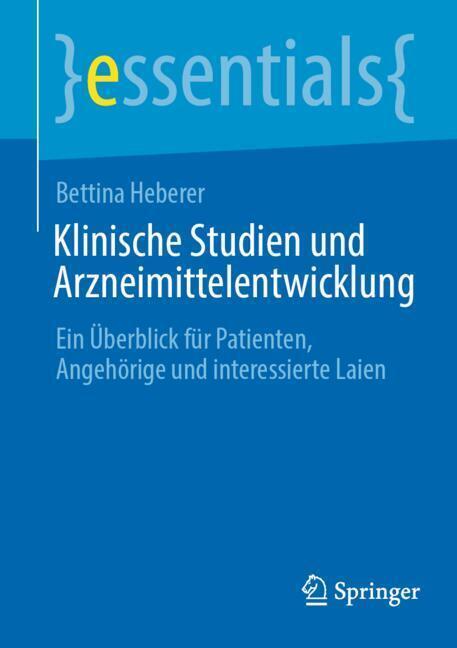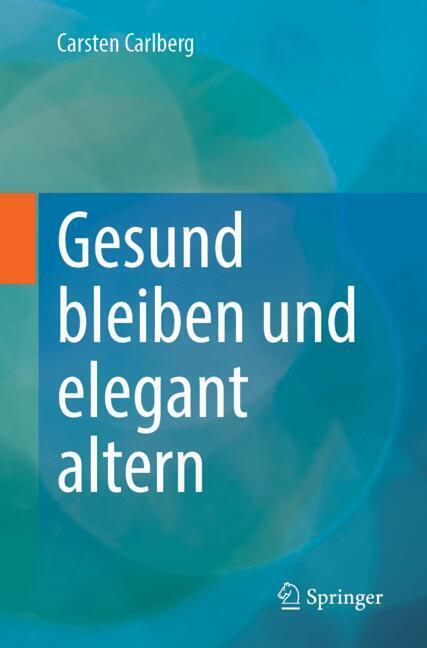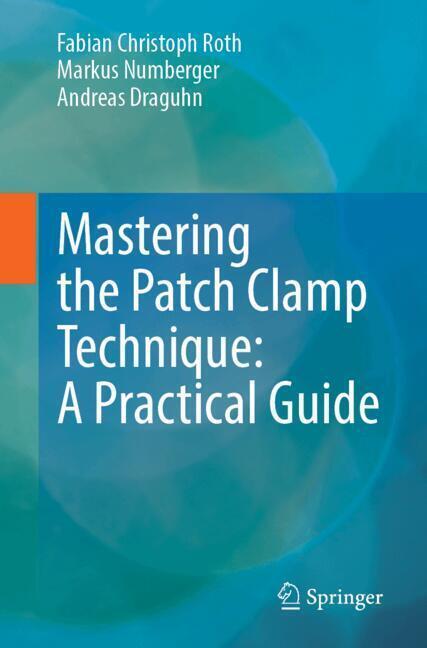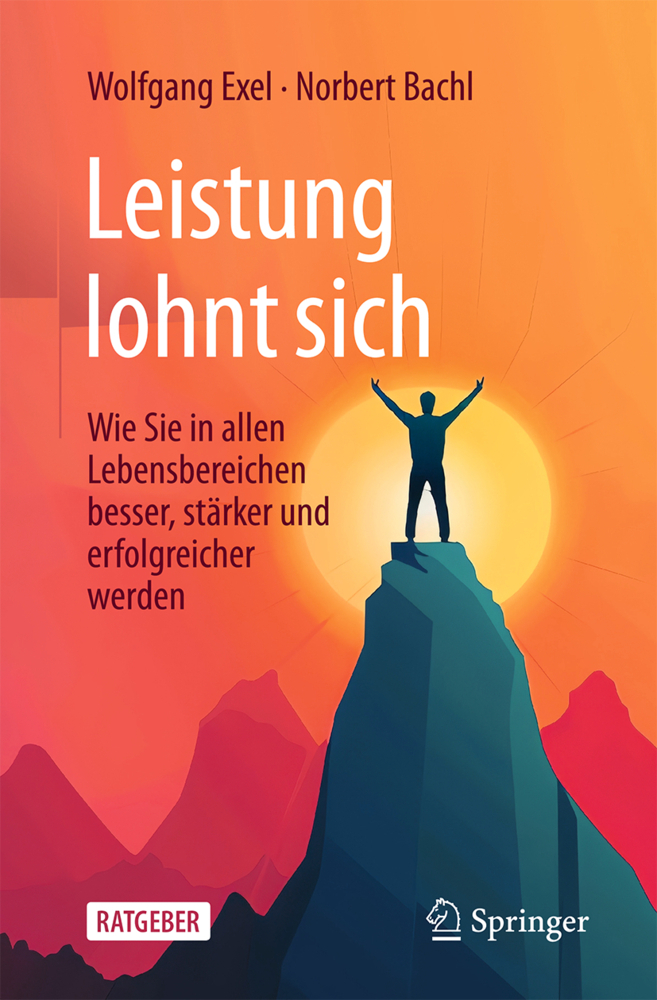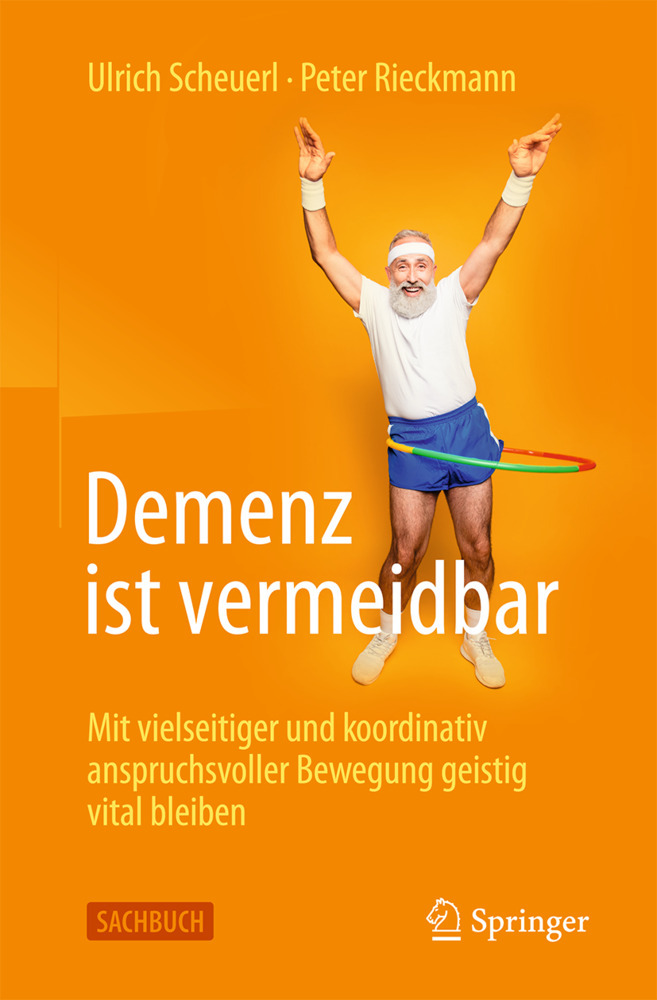Muscle Pain: Understanding the Mechanisms
Understanding the Mechanisms
The two books Muscle Pain: Understanding the Mechanisms and Muscle Pain: Diagnosis and Treatment will help the practitioner to understand why the patients feel pain, what to do about it and why the treatment works. In contrast to proceedings of scientific meetings on muscle pain, they center on practical aspects and can be used by the practitioner in his or her daily work. The two books together provide a unique combination of broad basic knowledge with comprehensive clinical information on the management of patients.
1;Foreword;6 2;Preface;8 3;Contents;10 4;Contents to Muscle Pain: Diagnosis and Treatment;12 5;Contributors;14 6;1: Introduction;16 6.1;Subjective Nature of Pain Terms;17 6.2;Established Pain Terms (partly after Merskey and Bogduk 1994; Loeser and Treed;18 6.2.1;General Terms;18 6.2.1.1;Nociception;18 6.2.1.2;Noxious Stimulus;18 6.2.1.3;Nociceptor;18 6.2.1.4;Nociceptive Neuron;19 6.2.1.5;Pain Matrix;19 6.2.1.6;Central Pain;19 6.2.2;Increased Sensitivity;19 6.2.2.1;Allodynia;19 6.2.2.2;Hyperalgesia;19 6.2.2.3;Hyperesthesia;19 6.2.2.4;Hyperpathia;20 6.2.3;Decreased Sensitivity;20 6.2.3.1;Analgesia;20 6.2.3.2;Hypoalgesia;20 6.3;Established, But Often Ill-Defined, Pain Terms;20 6.3.1;Contracture (in the Physiological Sense);20 6.3.2;Muscle Spasm;20 6.3.3;Muscle Stiffness;21 6.3.4;Muscle Tone;21 6.3.5;Projected Pain;21 6.3.6;Referred Pain;21 6.3.7;Spread of Pain;22 6.4;General Aspects of Pain and Nociceptor Function;22 6.5;Muscle Pain Versus Skin Pain;23 6.5.1;Subjective Differences;24 6.5.1.1;First and Second Pain;24 6.5.1.2;Pain Localization;24 6.5.1.3;Nature of Pain;25 6.5.1.4;Referral of Pain;25 6.5.1.5;Affective Pain Component;26 6.5.2;Objective Differences;26 6.5.2.1;Flexion Reflexes;26 6.5.2.2;Differences in Synaptic Effectiveness and CNS Targets of Afferent Fibers;27 6.6;Descending Pain-Modulating Influences;28 6.7;Transition from Acute to Chronic Pain;28 6.8;Interactions Between Psychosocial and Somatic Factors;28 6.9;References;29 7;2: Functional Anatomy of Muscle: Muscle, Nociceptors and Afferent Fibers;31 7.1;Structure and Basic Function of Skeletal Muscle;32 7.2;Morphology of Muscle Nociceptors;39 7.2.1;Structure of Muscle Nociceptors in the Light and Electron Microscope;39 7.2.2;Receptor Molecules in the Membrane of Nociceptors;42 7.2.3;Neuropeptide Content of Nociceptors;47 7.3;The Nociceptive Afferent Fiber;49 7.4;Fiber Composition of a Muscle Nerve;51 7.5;Muscle Receptors Other Than Nociceptors;53 7.6;Free Nerve Endings in Tendon;54 7.7;Free Nerve Endings in Fascia;55 7.8;Efferent Functions of Nociceptors;55 7.8.1;Release of Neuropeptides from the Nociceptive Ending;55 7.8.2;The Axon Reflex;57 7.8.3;Neurogenic Inflammation;58 7.9;References;59 8;3: Peripheral Mechanisms of Muscle Pain: Response Behavior of Muscle Nociceptors and Factors Eliciting Local Muscle Pain;63 8.1;Methods Used for Studying the Response Behavior of Single Group III and IV Muscle Afferent Units;64 8.1.1;General Response Properties of Muscle Nociceptors;67 8.2;Stimuli Exciting Muscle Nociceptors;68 8.2.1;Mechanical Stimuli;68 8.2.2;Chemical Stimuli;71 8.2.2.1;General Considerations;71 8.2.2.2;ATP;72 8.2.2.3;Protons;72 8.2.2.4;Endogenous Inflammatory Substances;74 8.2.2.5;Hypertonic Saline;75 8.2.2.6;Cytokines and Neurotrophins;78 8.2.2.7;Glutamate;80 8.2.2.8;General Considerations Concerning the Chemical Excitability of Free Nerve Endings in Muscle;81 8.2.3;Polymodal Nociceptors;82 8.3;Acute Sensitization of Nociceptors;84 8.3.1;General Features of Peripheral Sensitization;84 8.3.2;Mechanical Sensitization by Endogenous Substances;85 8.3.3;Interactions Between Chemical Stimuli at the Receptive Nerve Ending;90 8.3.4;Responses of Free Nerve Endings in Muscle to Ischemia and Ischemic Contractions;91 8.3.4.1;Effects of Ischemia Without Contractions;91 8.3.4.2;Ischemic Contractions;92 8.3.5;Effects of Inflammatory Tissue Changes on the Activity of Muscle Group IV Units;95 8.3.5.1;Resting Discharge;96 8.3.5.2;Inflammation-Induced Mechanical Sensitization;97 8.3.5.3;Effectiveness of Chemical Stimulants in Chronically Inflamed Muscle;100 8.4;How Do Muscle Spindle Afferents Behave in Inflamed Muscle?;102 8.5;Effects of a Chronic Muscle Lesion on the Innervation of Skeletal Muscle;103 8.6;Response Properties and Possible Functions of Nonnociceptive Free Nerve Endings in Muscle;104 8.7;Local Causes of Muscle Pain;105 8.7.1;Mechanical Causes;105 8.7.1.1;Blow to Muscle;105 8.7.1.2;Rupture of Muscle and Tendon;106 8.7.1.3;Spontaneous Hematoma;107 8.7.1.4;Del
Mense, Siegfried
Gerwin, Robert D.
| ISBN | 9783540850212 |
|---|---|
| Artikelnummer | 9783540850212 |
| Medientyp | E-Book - PDF |
| Auflage | 2. Aufl. |
| Copyrightjahr | 2010 |
| Verlag | Springer-Verlag |
| Umfang | 323 Seiten |
| Sprache | Englisch |
| Kopierschutz | Digitales Wasserzeichen |

